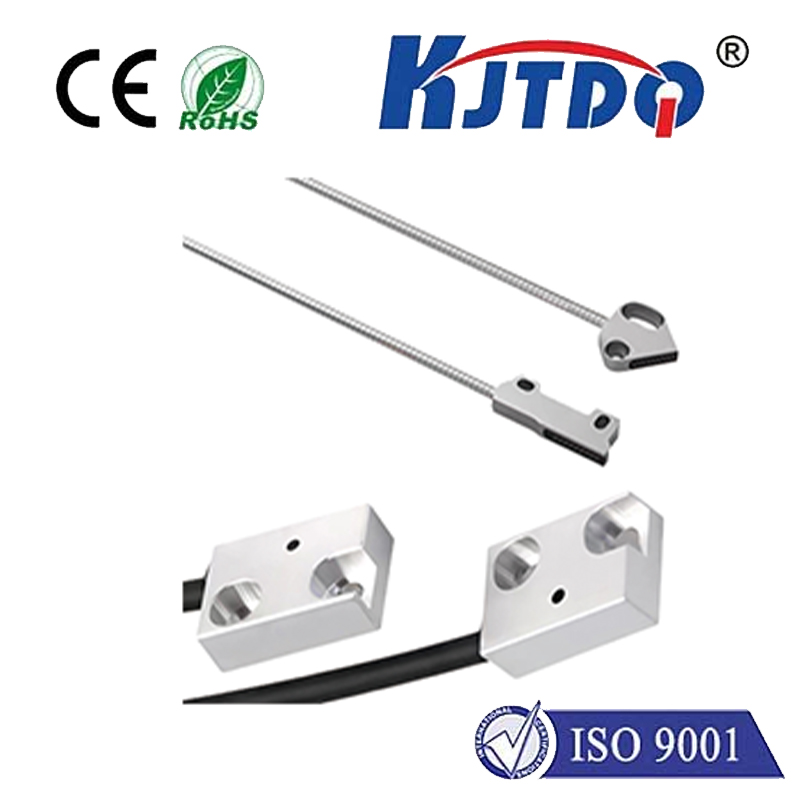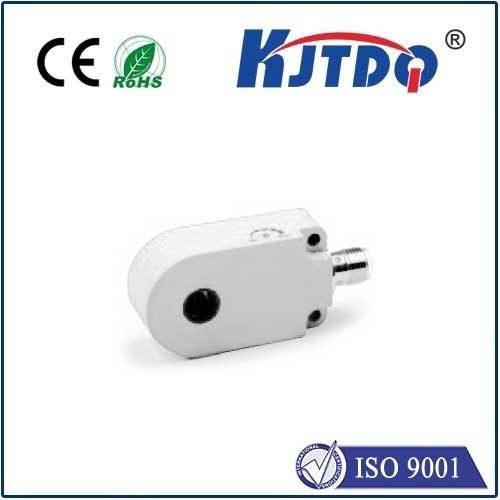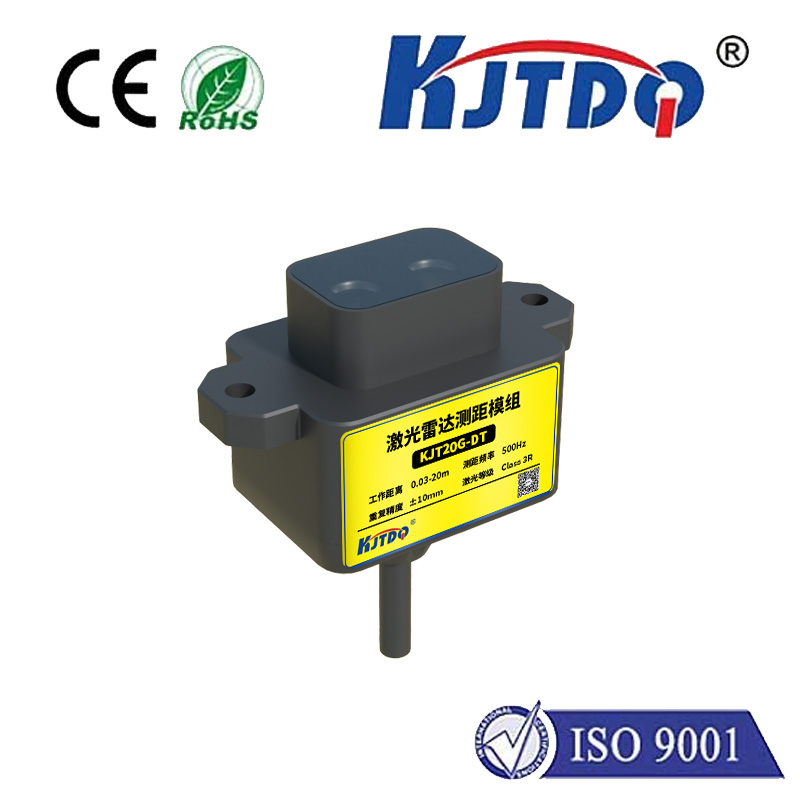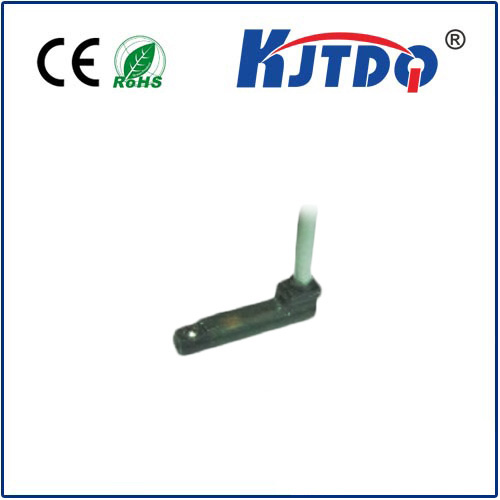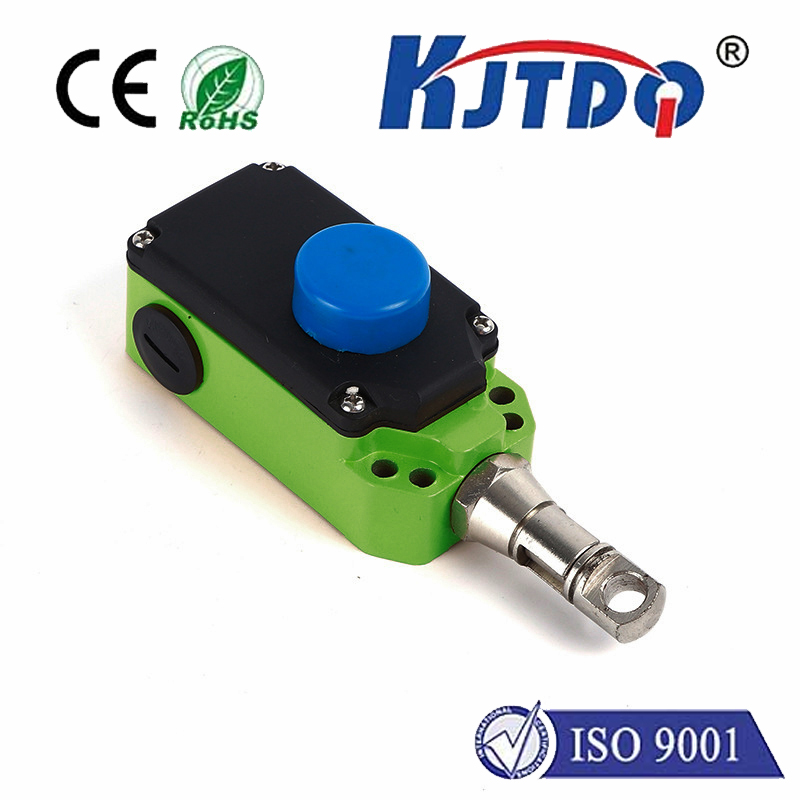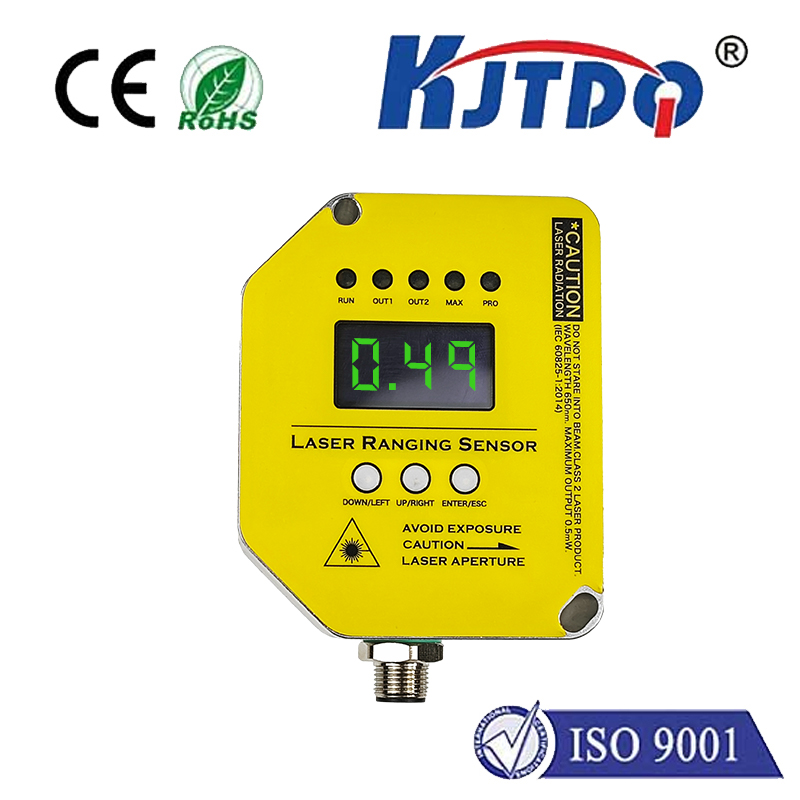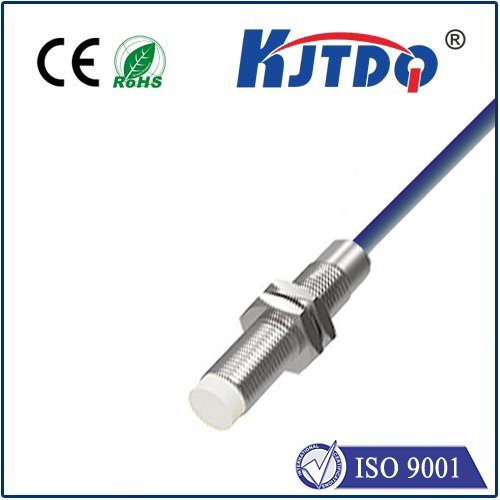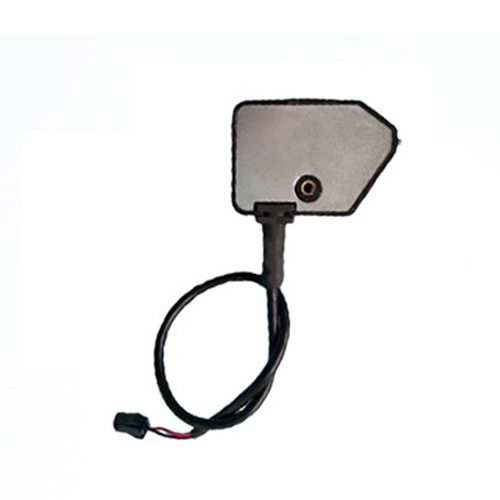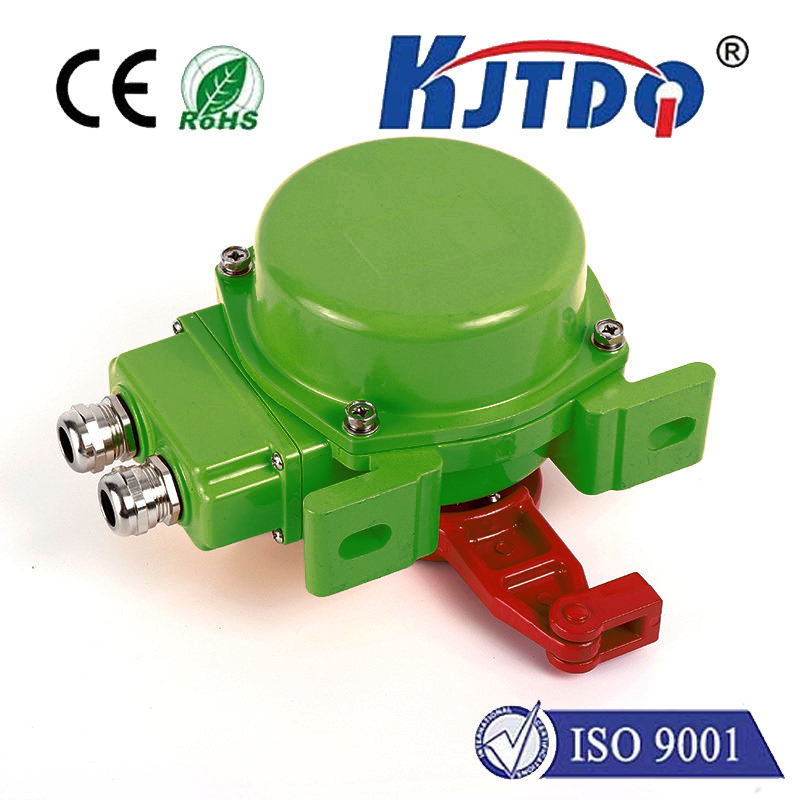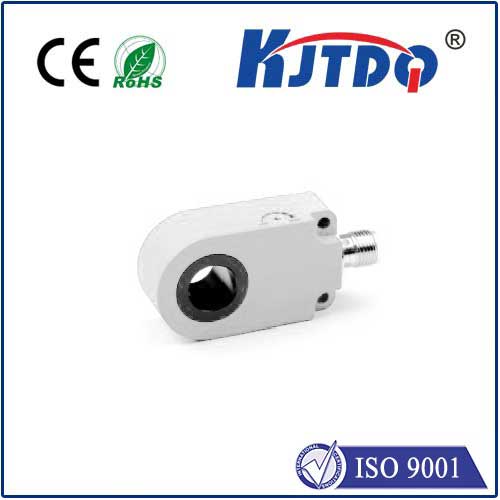Приближение емкости датчика
- time:2025-06-28 00:40:53
- Нажмите:0
Capacitive Proximity Sensors: The Unseen Touch Masters of Modern Automation
Imagine the sleek touchscreen on your phone responding effortlessly to your fingertip, or an automated assembly line sensing the presence of a plastic bottle without physical contact. Behind these seemingly simple interactions often lies the sophisticated, silent work of capacitive proximity sensors. Unlike their mechanical switch predecessors or optical cousins, these sensors detect objects through changes in an invisible electric field, making them indispensable and highly adaptable tools across countless industries. Understanding their unique principle of operation reveals why they are such versatile and reliable components in the world of sensing.
The Core Principle: Sensing Without Touch
At the heart of every конденсаторный датчик приближения lies the fundamental principle of capacitance. Capacitance is the ability of a system to store an electrical charge. A capacitor typically consists of two conductive plates separated by an insulating material (dielectric). The capacitance value changes based on the plate area, the distance between them, and the dielectric constant of the material between them.
A capacitive proximity sensor essentially creates a simple capacitor. One plate is the sensor’s active electrode (often embedded within its face). The other “plate” can be either:
- The Target Object: If the object is conductive (like metal).
- Ground: If the object is non-conductive but has a different dielectric constant than air (like plastic, wood, liquid, or even a human hand).
The sensor’s internal oscillator generates an electromagnetic field emanating from the active electrode into the sensing area. When a target object enters this field:
- Conductive Targets: Cause charge to flow to the target (acting as the second plate), increasing the effective capacitance of the system.
- Non-Conductive Targets: Displace the air (with its low dielectric constant) in the sensing field. If the target has a higher dielectric constant than air, it increases the capacitance between the active electrode and ground.
The sensor’s circuitry continuously monitors the system’s capacitance or the amplitude of the oscillator field. When the measured capacitance exceeds a pre-defined threshold (the sensing distance), the sensor triggers its output signal – switching it on or off depending on its design (NO/NC).

Key Components and Design Variations
Understanding the typical components helps appreciate their robustness:
- Oscillator: Generates the high-frequency electromagnetic detection field.
- Demodulator: Converts the changes in the oscillator’s amplitude (caused by target presence) into a DC signal.
- Trigger Circuit: Compares the processed signal against the threshold to determine detection.
- Output Amplifier: Switches the solid-state output (PNP, NPN, or Analog) based on the trigger decision.
- Sensing Face: The front surface, where the active electrode is located. Materials and shielding design are critical for performance and resistance to buildup.
Capacitive sensors come in various forms:
- Standard Cylindrical or Block: Common form factors for mounting.
- High-Temperature: Designed for harsh environments like foundries.
- Washdown/Flush Mount: Smooth faces prevent material buildup, ideal for food & beverage or pharmaceutical applications.
- Analog Output: Provide a continuous signal proportional to the target’s distance, not just a simple on/off switch.
- Specialized: For detecting specific substances like liquids in tanks (level detection) or granular materials.
The Power of Versatility: Where Capacitive Sensors Excel
The ability to detect both conductive and non-conductive materials, often through non-metallic barriers, grants capacitive proximity sensors an unparalleled versatility:
- Liquid Level Detection: Through tank walls (glass, plastic), detecting the presence or absence of liquids (water, oil, chemicals), foam, or granular solids (powder, grain). This is a major strength.
- Presence Sensing: Detecting plastic bottles, wood blocks, cartons, sacks of powder, or sheets of paper on production lines.
- Touch Interfaces: The technology behind capacitive touchscreens and touch controls (elevator buttons, control panels).
- End-of-Tape Detection: Sensing the non-conductive adhesive backing on tape rolls.
- Object Counting: Counting discrete non-metallic items.
- Humidity/Moisture Detection: Indirect sensing based on changes in dielectric properties.
- Food & Beverage Processing: Reliable detection through plastic pipes or containers; flush-mount sensors are hygienic.
- Packaging: Detecting filled vs. unfilled containers, label presence, or cardboard flaps.
Advantages: Why Choose Capacitive?
Several key benefits make capacitive sensors highly desirable:
- Contactless Operation: Eliminates physical wear and tear on both sensor and target.
- Material Agnosticism: Detects metals, plastics, wood, liquids, powders, and organic materials.
- Barrier Penetration: Can sense targets through non-metallic walls (plastic, glass).
- Insensitive to Surface Conditions: Generally unaffected by target surface color, transparency, fog, dust, light oil film, or water splash (though thick buildup can interfere).
- Solid-State Reliability: No moving parts, leading to long operational life.
- Fast Response Times: Suitable for high-speed automation.
- Compact Designs: Available in very small sizes for tight spaces.
Important Considerations for Selection and Use
To maximize effectiveness, engineers must consider:
- Target Material: Conductive targets are easiest to detect at the longest ranges. Non-conductive targets require a larger sensor or closer proximity, depending on their dielectric constant.
- Sensing Distance: Rated for specific target materials (usually mild steel for reference). Always check the datasheet. Detection distance for non-conductors is significantly less than for similar-sized conductors.
- Mounting: Can be affected by surrounding metal (“side-by-side mounting” requires minimum spacing) and grounding.
- Environment: Extreme temperatures, strong chemical exposure, or conductive dust/mist might require specialized sensors. Material buildup directly on the sensing face is a primary cause of malfunction – selecting flush-mount sensors or ensuring regular cleaning is crucial in dirty environments.
- Adjustability: Many capacitive sensors feature a potentiometer to fine-tune the sensitivity for specific targets and to compensate for background influences or buildup.
The Future: Evolving Sensing Capabilities
Capacitive proximity sensing technology continues to evolve. Developments include:
- Miniaturization: Ever-smaller sensors for intricate applications like medical devices or micro-electronics assembly.
- Enhanced Signal Processing: More sophisticated algorithms for better noise immunity, compensation for environmental drift, and differentiation between target materials.
- Integration with IO-Link: Providing valuable diagnostic data (operating temperature, sensitivity level, switch point drift warnings) for predictive maintenance.
- Multifunctional Sensors: Combining capacitive sensing with other principles (like inductive or photoelectric) in a single unit for more complex detection tasks.
From the smartphone in your pocket to the factory floor producing the food you eat, capacitive proximity sensors work unobtrusively but critically. Their unique ability to “feel” the world through changes in an electric field makes them irreplaceable for tasks where other sensors falter. By harnessing the fundamental physics of capacitance, these robust and adaptable devices bring a silent touch of intelligence to our increasingly automated world, detecting the presence of everything from water to wood with remarkable reliability.

